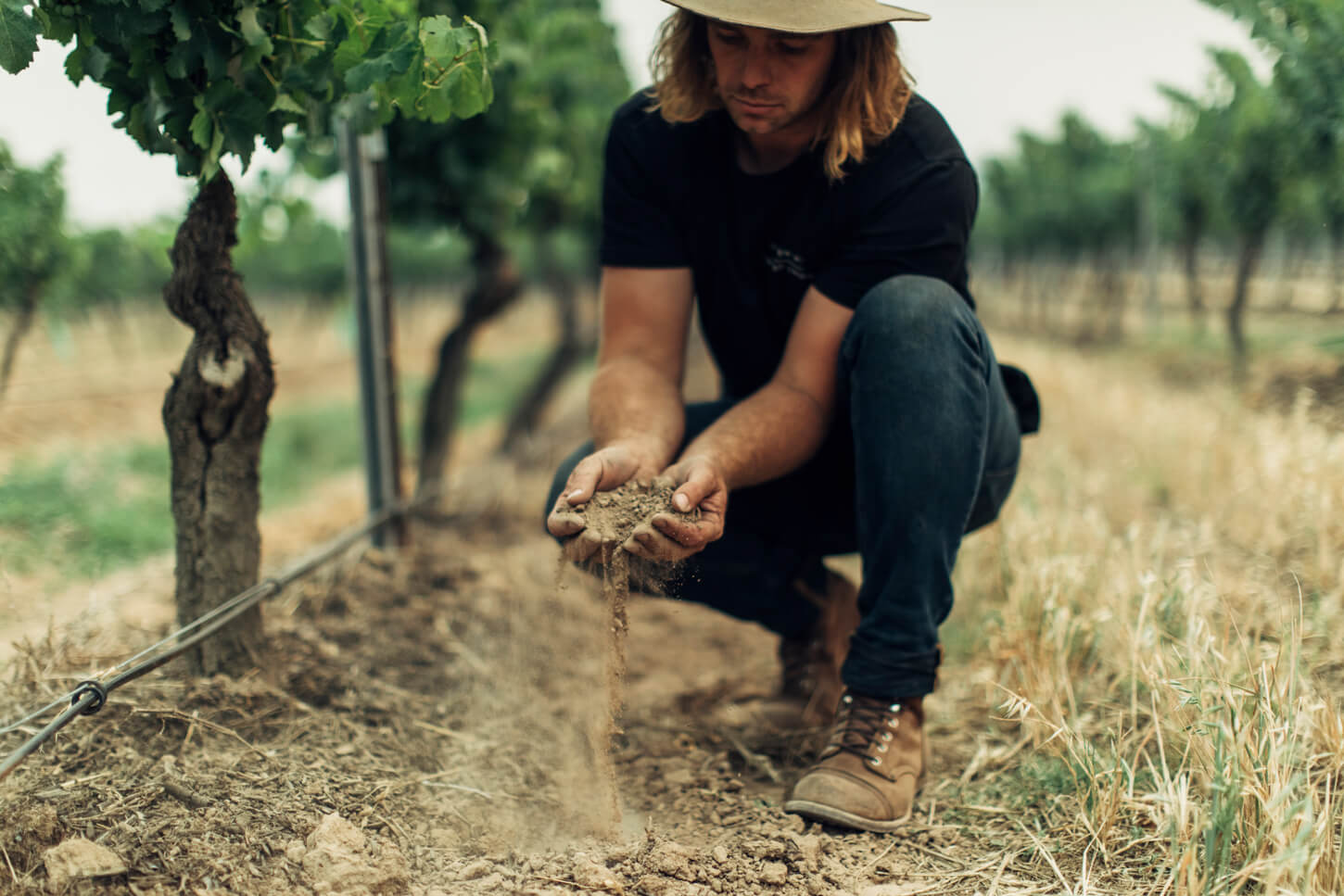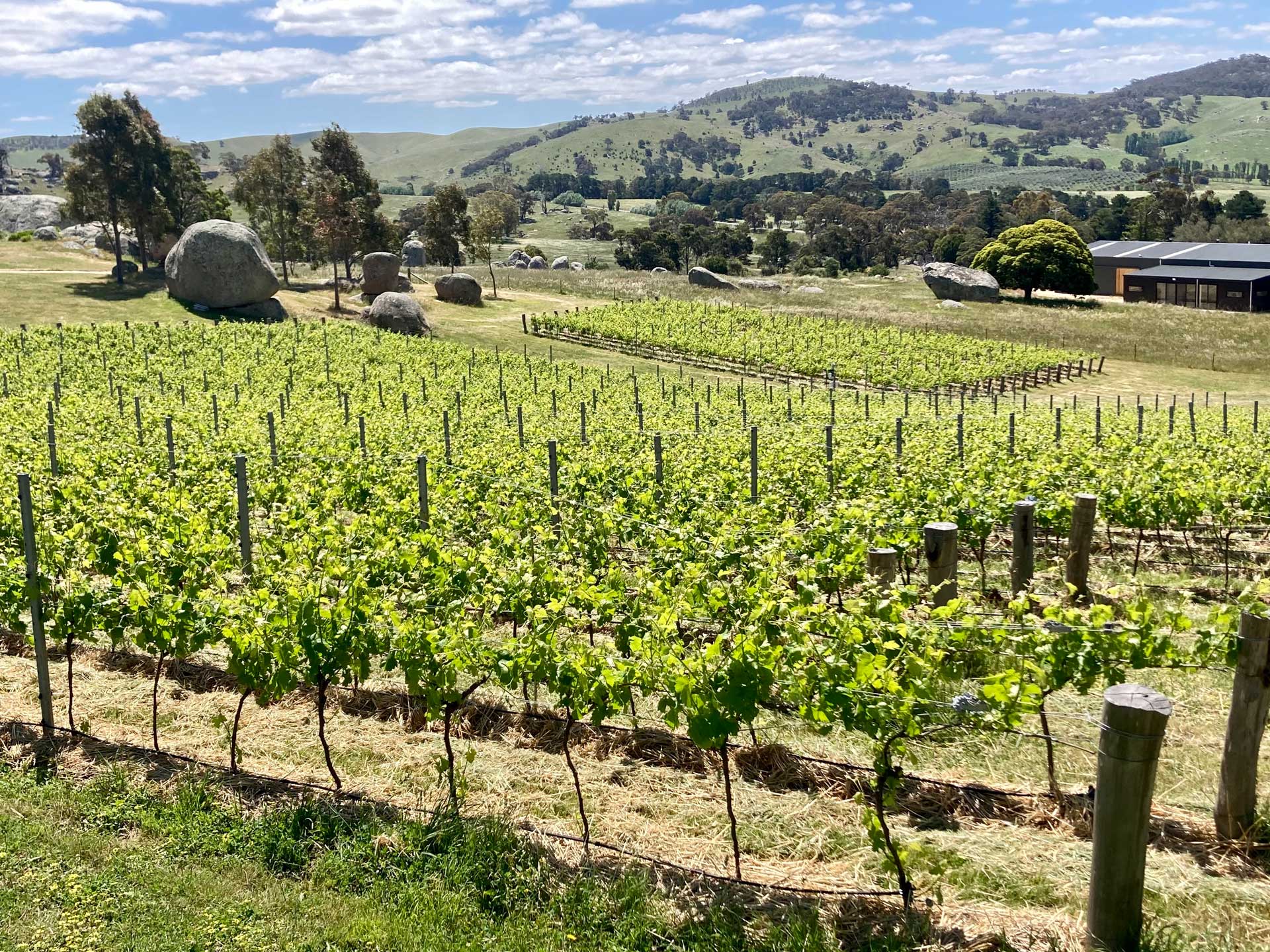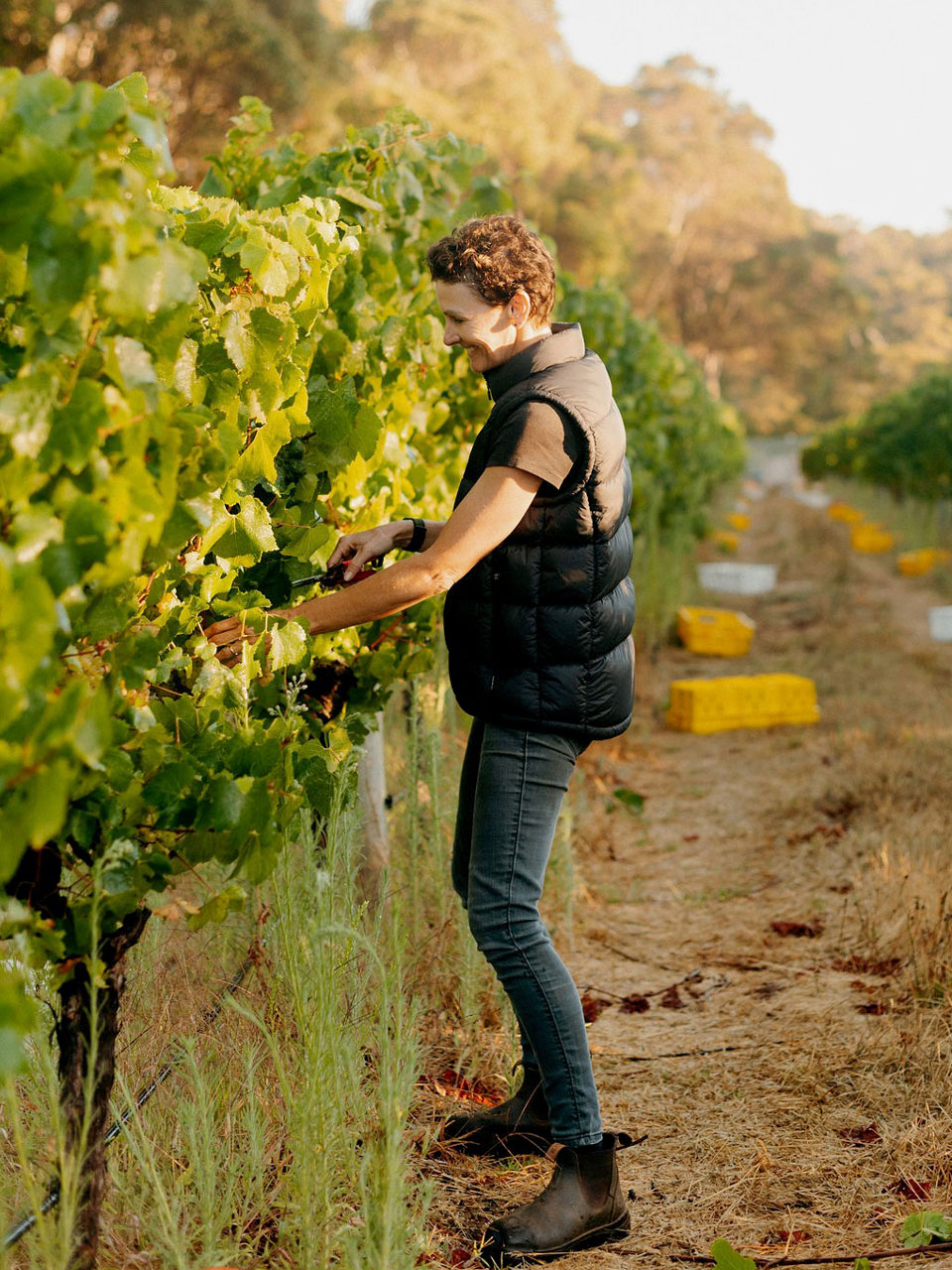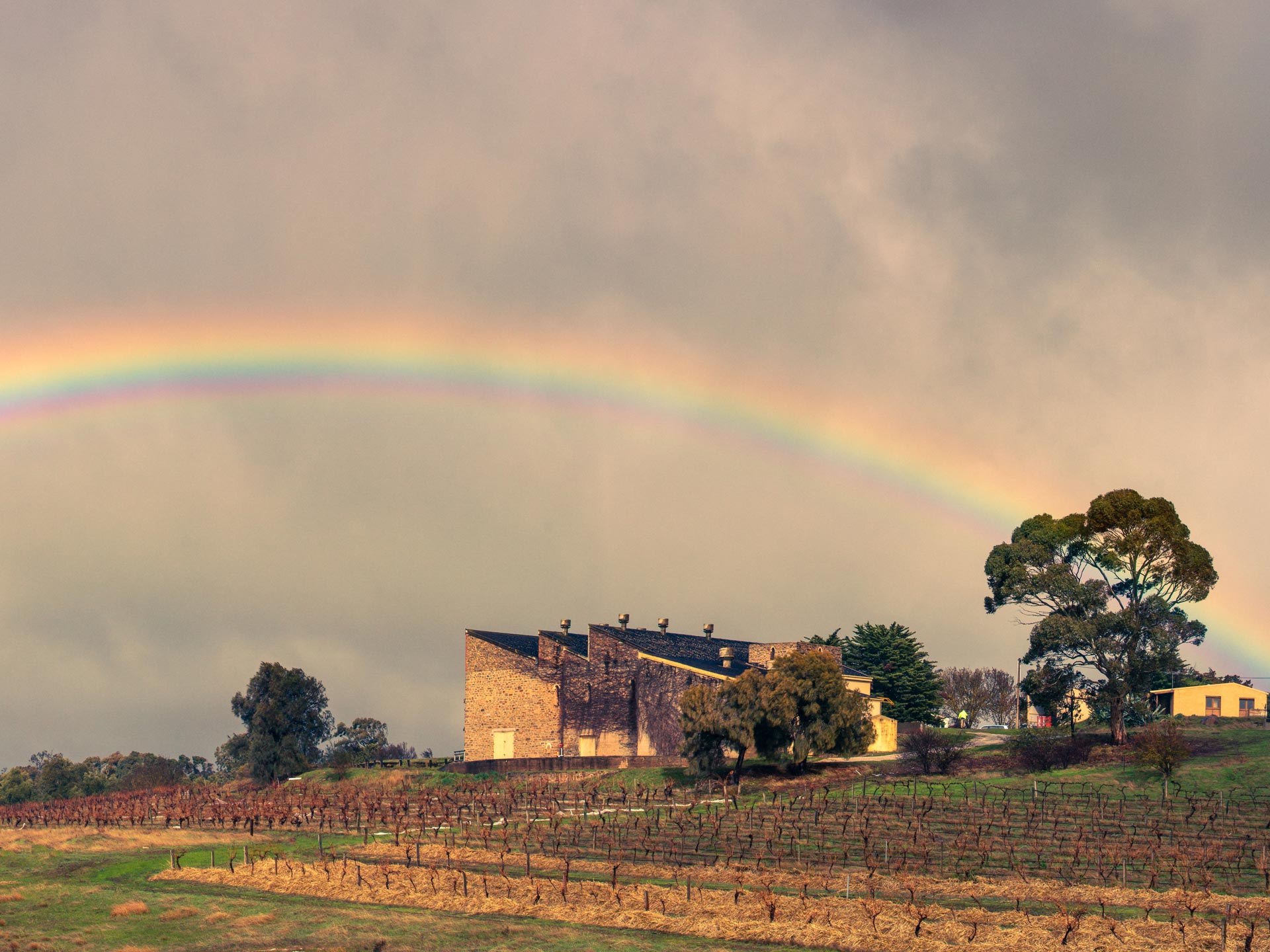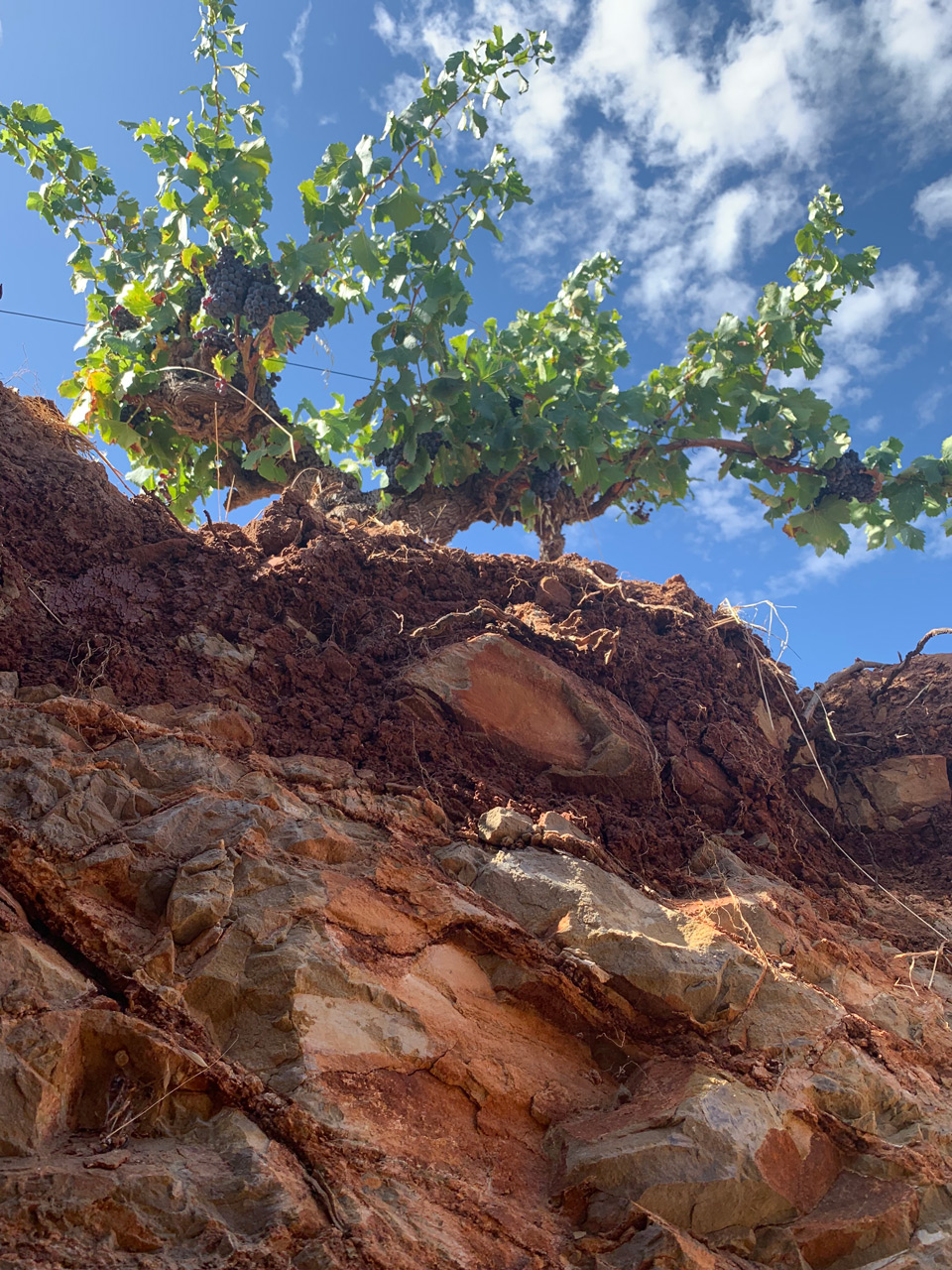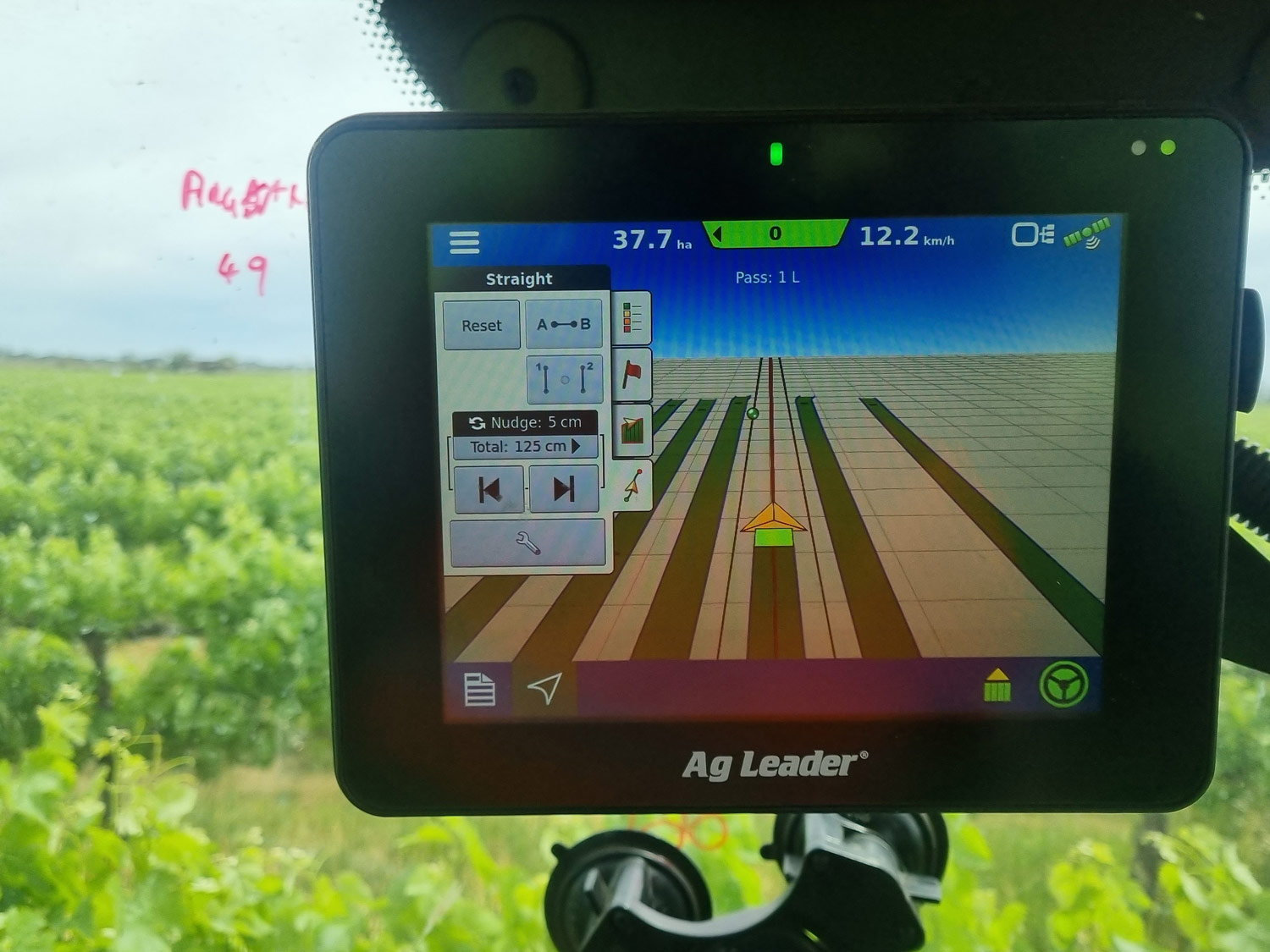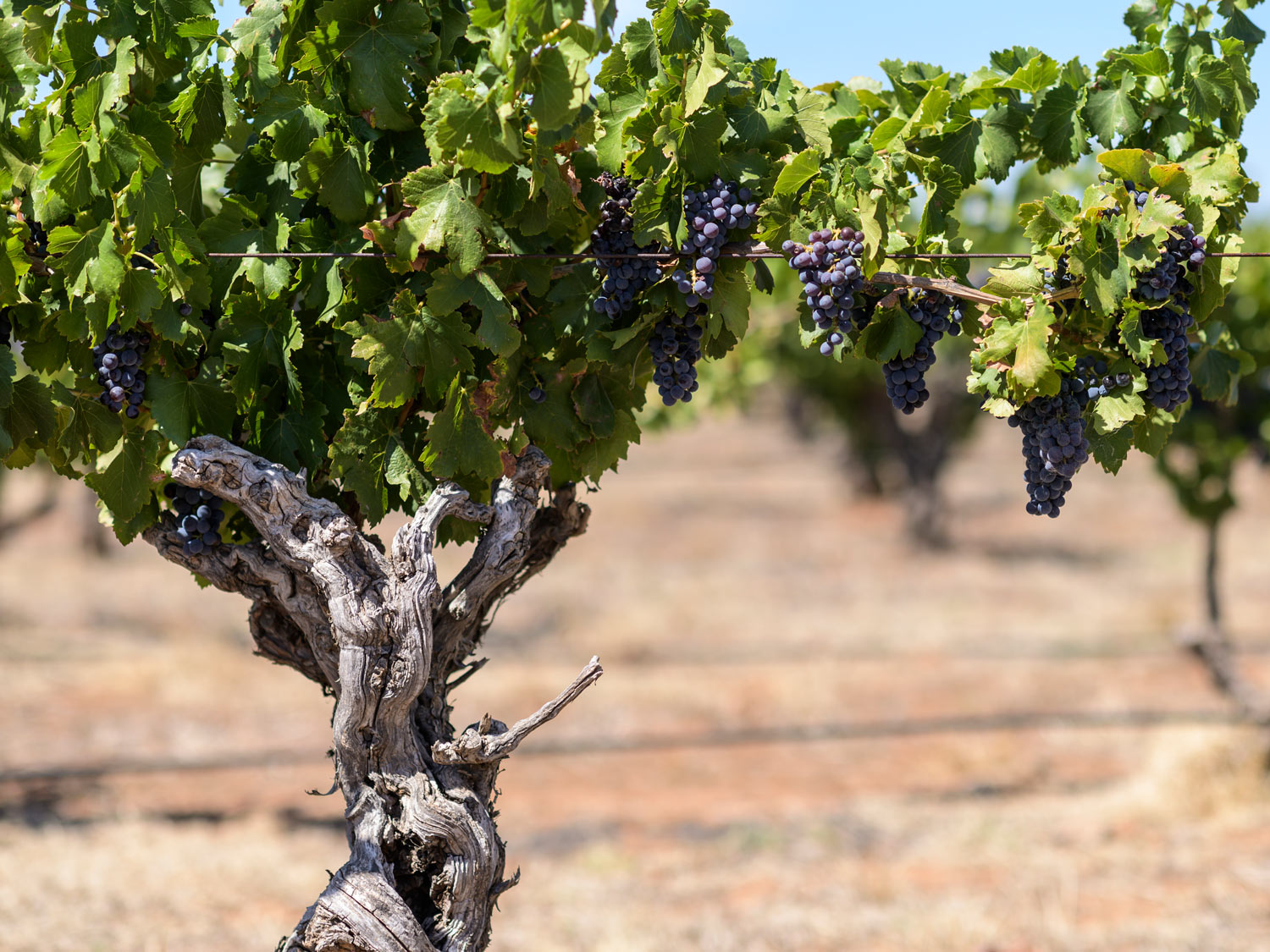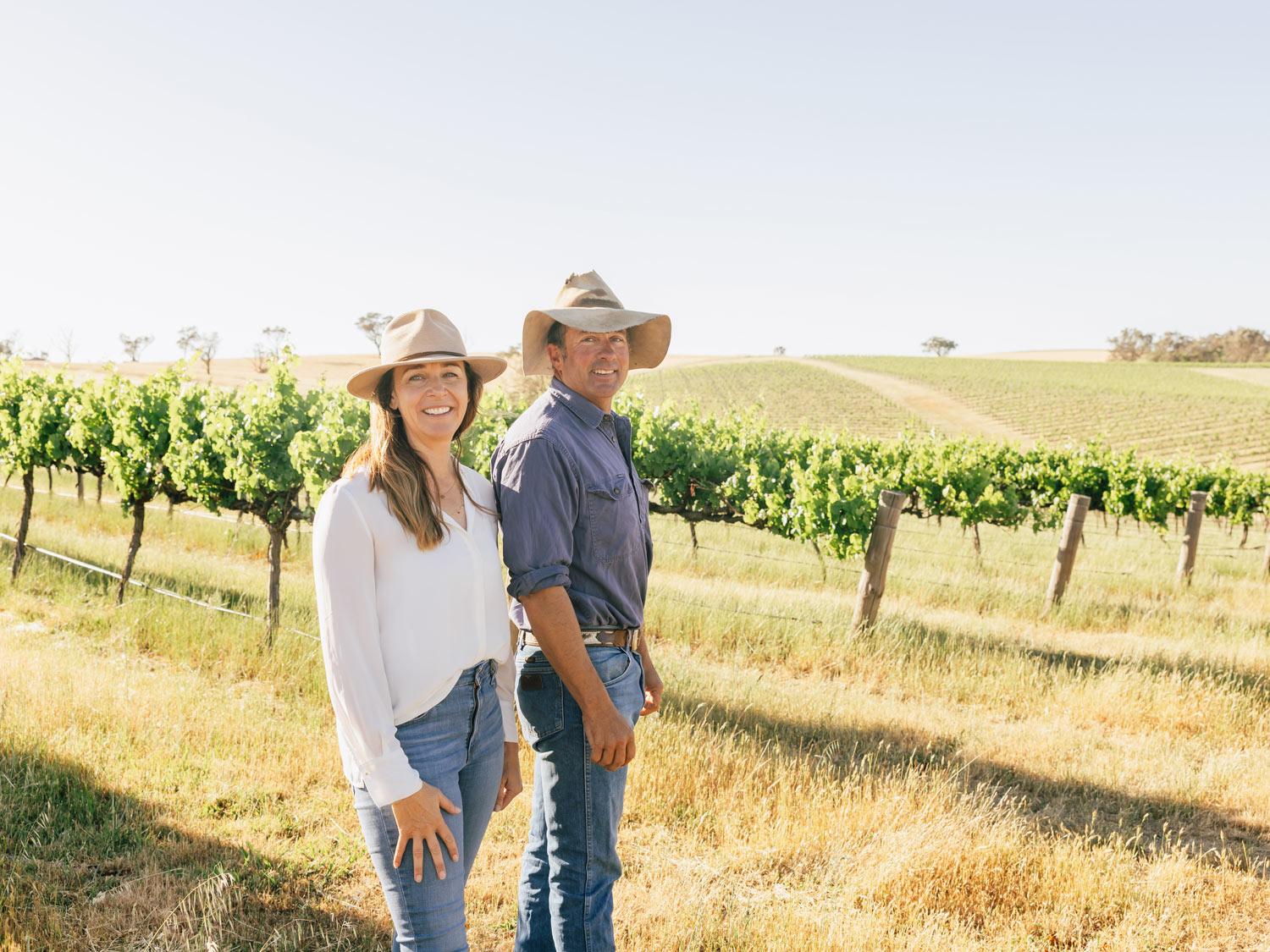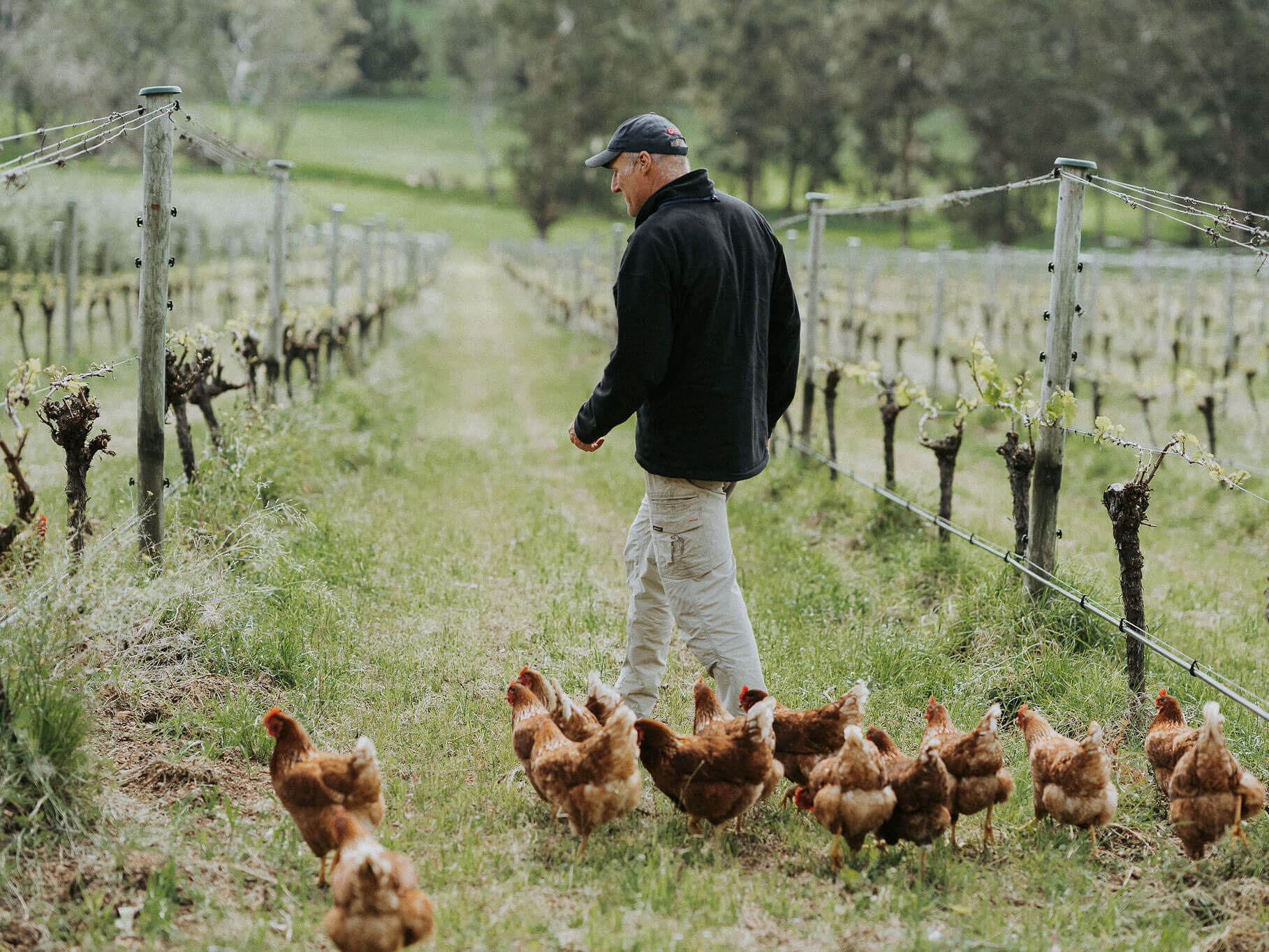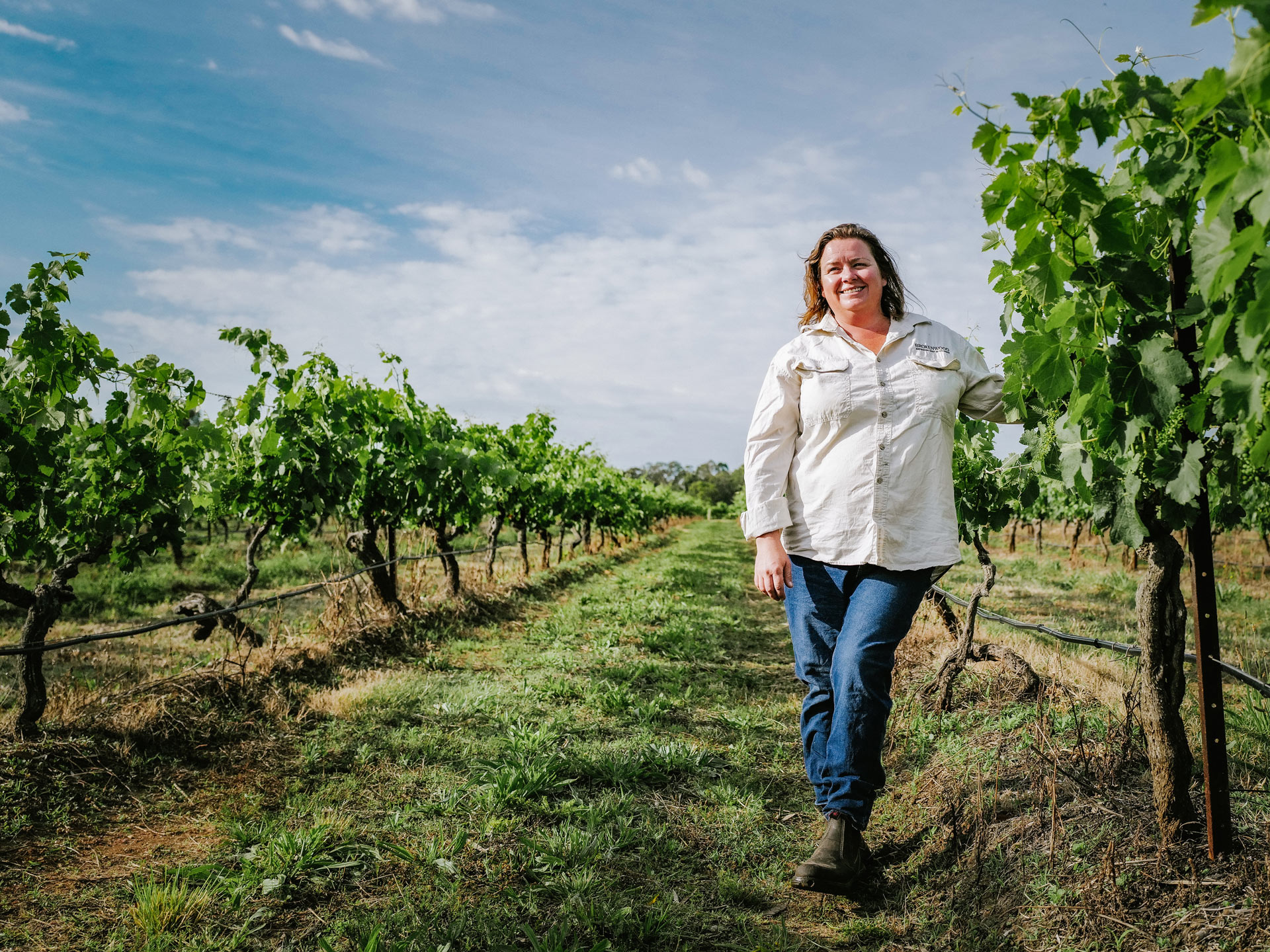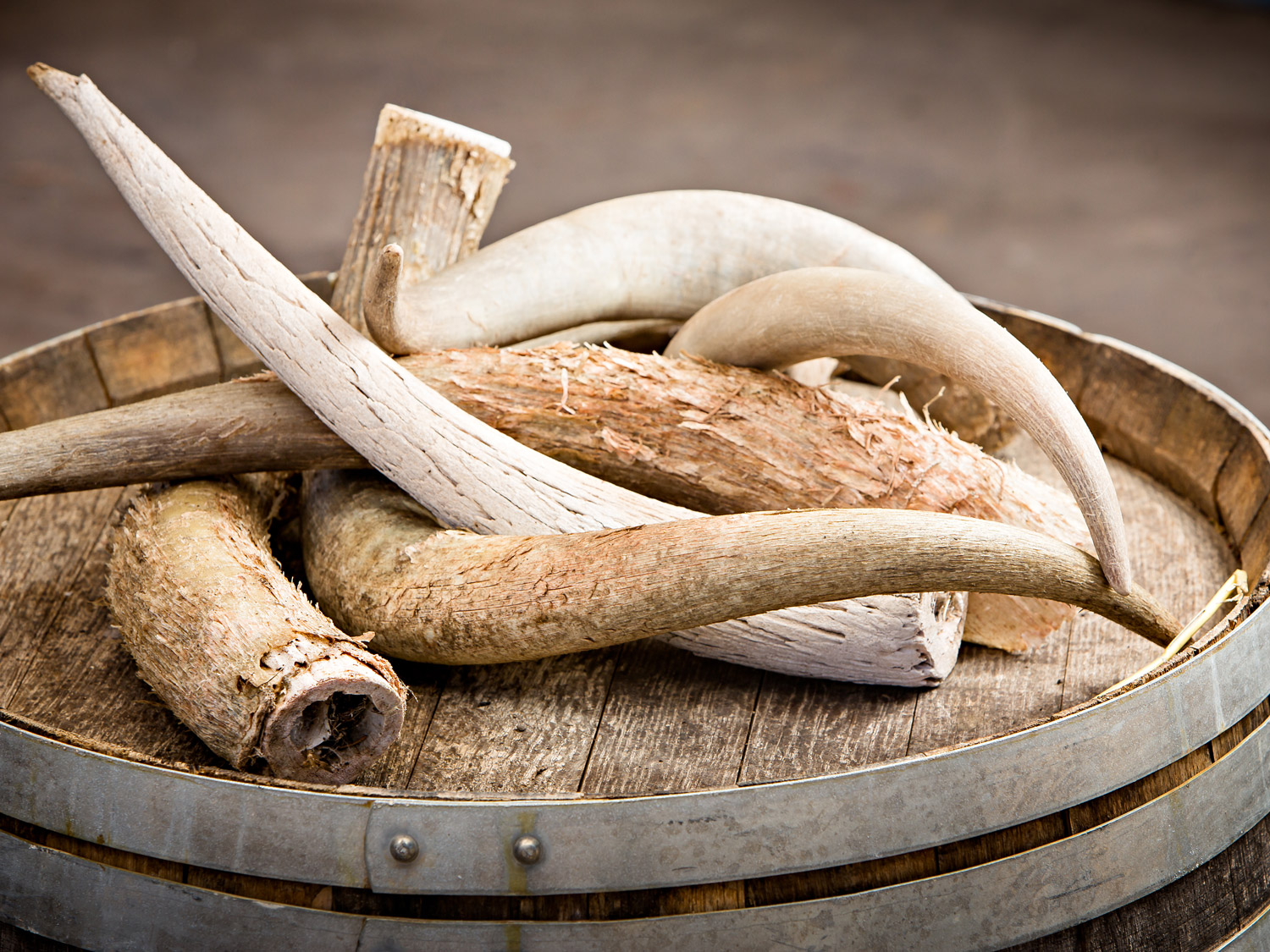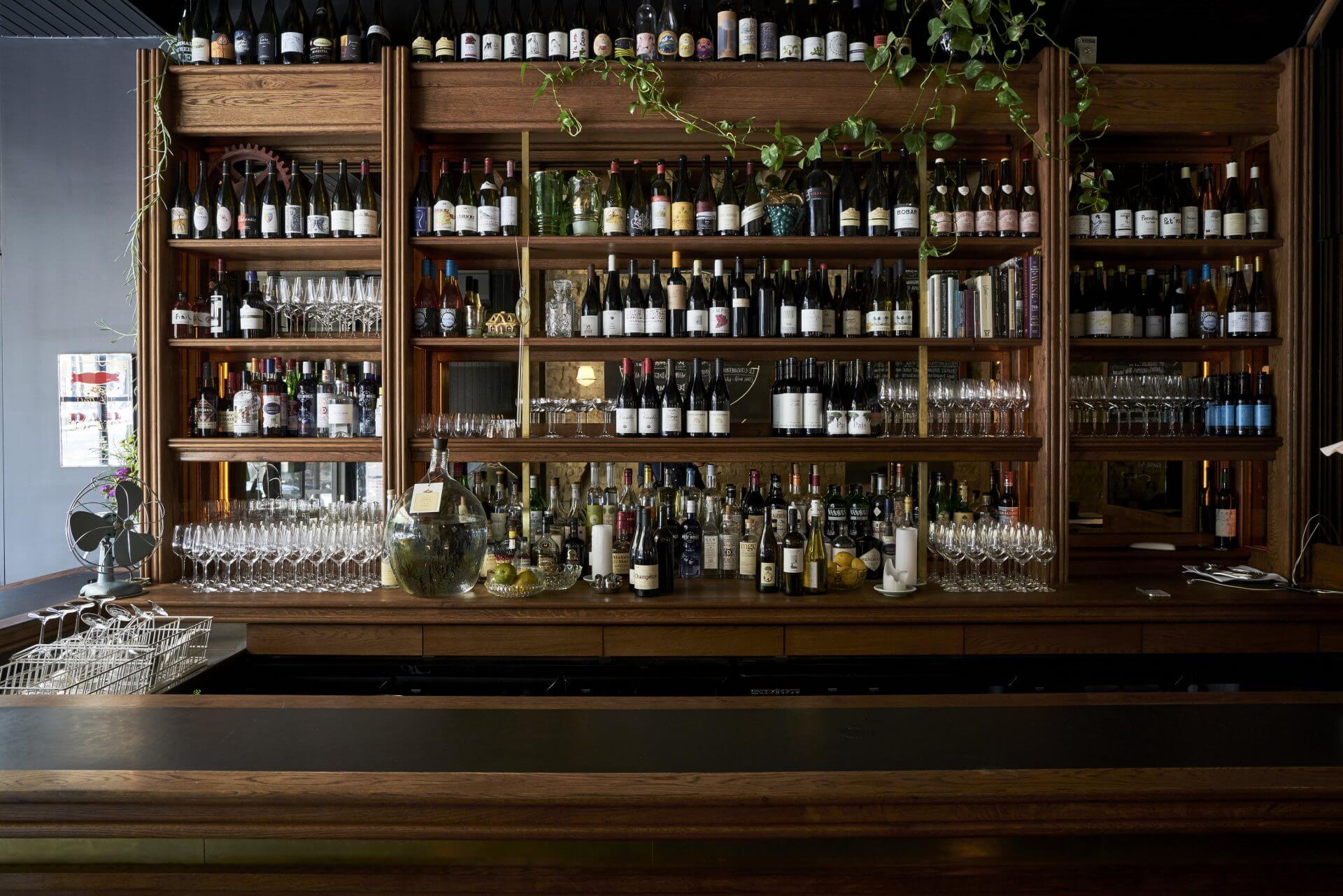29 February 2024. Words by YGOW.
The 4th Annual Vineyard of the Year Awards list of Australia’s top winegrowers has just landed landed.
The Vineyard of the Year Awards were created in 2020 to advance the regional identity of Australian wine and promote leading edge sustainability and innovation in winegrowing.
Award winning wine writer Max Allen has judged these awards since inception. “The pandemic might be over, the bushfires and floods may have receded, but there’s still plenty to worry about: uncertain weather patterns, global oversupply, rising costs and dwindling returns, structural imbalance and poor industry governance – the list goes on,” he says.
“That’s why the vineyard of the year awards – in my humble opinion – are so important. They provide shining examples of innovative ideas, leading-edge practice, and sustainable business. Collectively, they offer a ray of hope: by highlighting regenerative viticulture, by championing our best growers and viticulturists and vignerons, we can remind ourselves that growing grapes and making wine is a long-term game that requires resilience and optimism and ingenuity – all of which are on display in the list of this year’s top growers.”
To judge the awards, a group of leading experts on viticulture were enlisted to personally review all the applicants. Prue Henschke, Dr Kerry DeGaris, Richard Leask and Dr Colin McBryde joined Max Allen in arriving at an outstanding list of 41 top winegrowers.
With over 6,000 grape-growers, picking the top vineyards in Australia is no easy task. Inundated with entries since July 2023, Young Gun of Wine and the judging panel have spent months narrowing the field to the 41 that best exemplified the values of sustainability, innovation, provenance and growing great wine, with a ground-truthing process that includes site inspections of a random sample of vineyards across the country.
“They provide shining examples of innovative ideas, leading-edge practice, and sustainable business. Collectively, they offer a ray of hope: by highlighting regenerative viticulture, by championing our best growers and viticulturists and vignerons, we can remind ourselves that growing grapes and making wine is a long-term game that requires resilience and optimism and ingenuity – all of which are on display in the list of this year’s top growers.”
That we can showcase 41 such diverse and inspiring vineyards is a testament to the strength of Australia’s grape-growing community. These vineyards are the source of some the best wines in Australia.
Prue Henschke joined the panel in 2023. Commenting on this group of 41 top vineyards, she said, “It’s through uncovering and sharing the stories found with these top vineyards and growers, that we can promote change. Promote change to better care for and regenerate the environment as well as broader sustainability – communities and other industries are connected to winegrowers, so they have a social and economic impact too. Congratulations to the achievements of these vineyards. They are leading the way!”
The 41 top growers in the 4th Annual Vineyard of the Year Awards include 18 from South Australia, nine from Victoria, seven from New South Wales/ACT, four from Western Australia, and three from Tasmania.
Old vines, historic vineyards & DNA discoveries
We have finalists that are caring for old vines, some are those they planted themselves that have reached significant maturity and are now tended to by two generations of vignerons. Others are picking up the legacy from generations past to care for 19th century vines – some of the oldest in the world. DNA testing has discovered varieties unseen in Australia.
Using technology
Technology, once associated with the industrialisation of wine, is now somewhat of a saviour. Ag-tech is being used for precision farming, which reduces diesel use and compaction from unnecessary tractor passes. Targeted water and nutrition applications result in reduced overall inputs, healthier vines and fruit, and better wine. It’s also giving viticulturists at large vineyards the ability to have a small vineyard mentality, fine-tuning the needs of micro-parcels identified through satellite or drone mapping.
Getting solar, closing the loop & going off grid
We have so many finalists that are working to keep all operations onsite. More and more growers are working to close the loop, relying on ‘waste’ products, from water to compost to packaging, to cycle back into their system, with external inputs drastically reduced, and, in some cases, all but eliminated. They are making own compost and mulch. Solar panels are an increasingly common sight at vineyards, with growers working to internalise all their power needs, going off-grid and even feeding renewable energy back into the system.
Micro mapping the terroirs
Growers are looking at their land at an almost microscopic level. One vineyard analysed 140 soil cores before planting vines, while another dug more than 160 pits map the geology with grape parcels vinified and matured separately as they connect the characters of the wine to the terrain, while another uses map solar radiation technology to segment the vineyard – all identifying micro terroirs.
Pioneers of diverse & alternative grape varieties
There are pioneers of alternative varieties in this country, working with the climate rather than against it to find the most suitable vines. Those grapes are ones that tolerate heat or are resistant to disease, grapes that better make wine that is naturally balanced without having to tinker in the winery.
Vineyards are being turned into carbon sinks
Regenerative agriculture is seeing many growers move towards carbon neutrality. And it’s not just between the rows, with non-vineyard land receiving just as much focus by replanting native vegetation, increasing fauna populations and reinstating natural waterways.
Natural pest and weed control take the lead
Growers are banishing chemical pest and weed control, enlisting ducks and chickens to control snails and other pests. Microbat boxes, insects attracted to increased biodiversity and habitat for natural predators are completing the picture. Sheep and other livestock are also being introduced to keep grasses down, minimising the need for mechanised weeding or mowing, which reduces diesel use, soil compaction and minimises labour that could be best allocated to other tasks.
For the birds
A perennial problem for growers pre-harvest is the ripening fruit attracting birds. They’re hanging up the shotgun and leaving cumbersome nets in the shed, instead turning to drones and lasers to scare off aerial pests, while raptor perches are attracting natural predators, which are somewhat more intimidating than scarecrows. While another has a specially bred flock of pigeons to deter a particular breed of bird pests.
Economic sustainability
It’s no secret that growing wine grapes is not the easiest way to make a living, and some growers are insulating themselves with practices that also benefit the vines. Rotational grazing provides weed and grass control, adds nutrition back into the soil through droppings and provides an income stream from the grazing animals. Cellar doors, accommodation, events, mixed farming, seed banks, grapevine nurseries, making other beverage products, and market garden subscriptions, are all examples of ideas to leverage and cross pollinate their winegrowing businesses to ensure a successful future.
You can read in-depth profiles and on each of the top growers from this page.
The top growers are coming to trade events Brisbane (May 27), Sydney (June 4) and Melbourne (June 11), where industry professionals – particularly sommeliers and retailers, those on the front lines with consumers – will be able to learn more about these leading edge sustainability practices, and experience the connection between the place and manner in which the grapes are grown and the resultant characters in the glass.
Beside celebrating the achievements these top vineyards, there are four trophies to be awarded, with the recipients announced June 2024.
More information about the 4th Annual Vineyard of the Year Awards can be seen via this link.
The history of Vineyard of the Year Awards finalists (established 2020) can be seen via this link.

